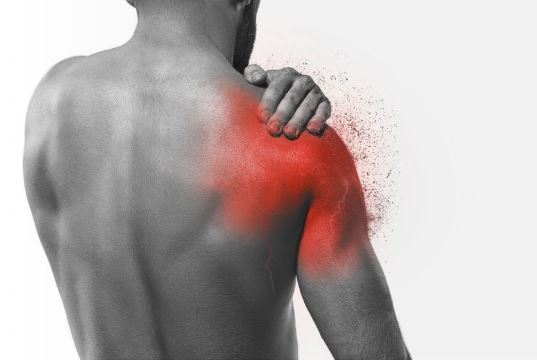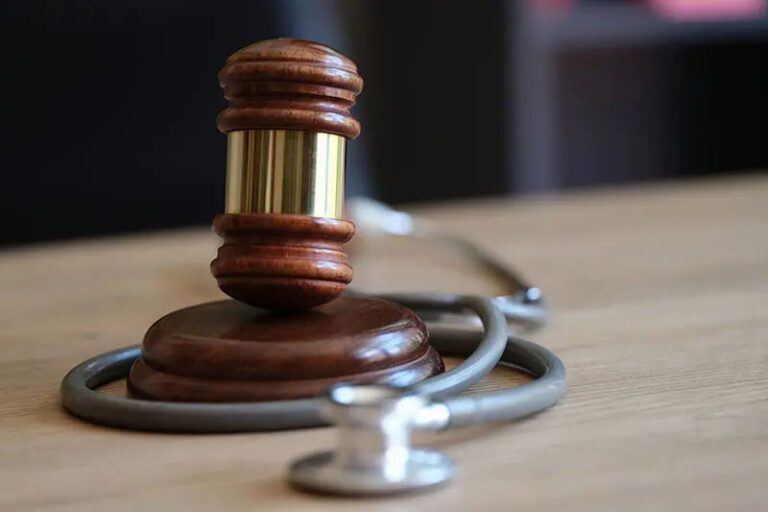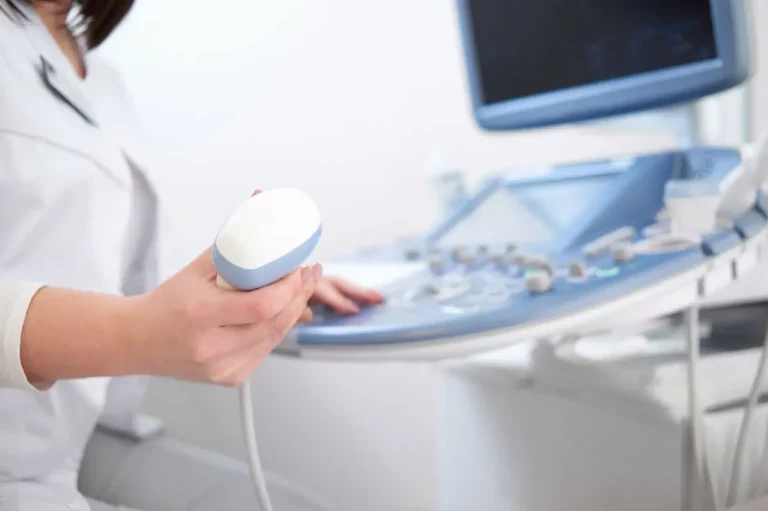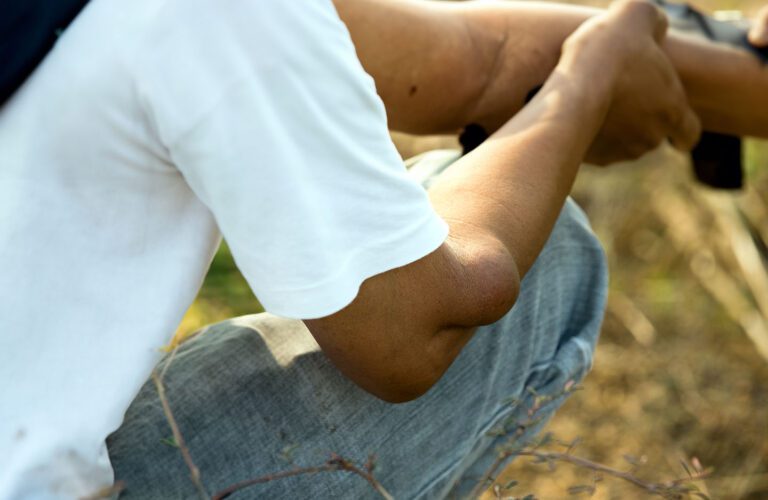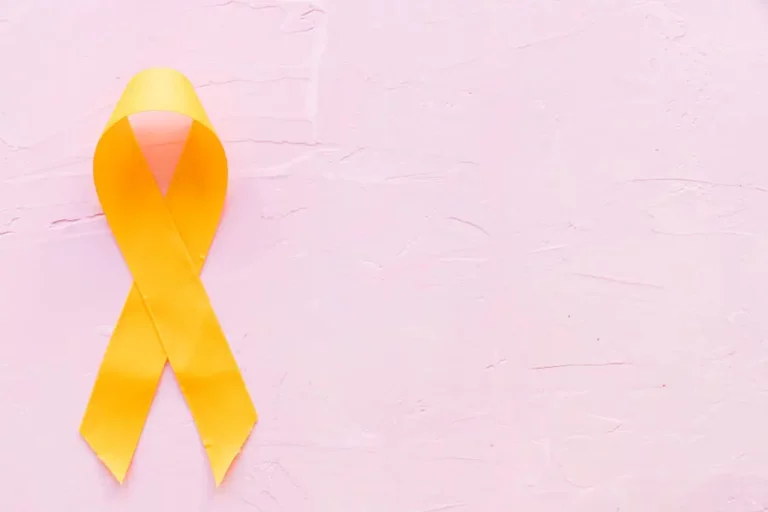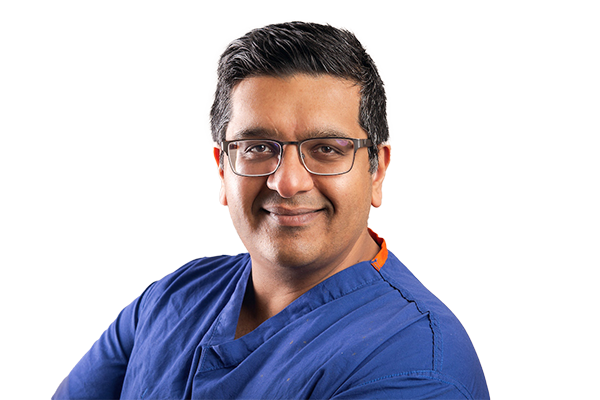I have a shoulder lump what could it be?
Shoulder lumps are not uncommon. They can occur on the upper arm over the shoulder joint, in the arm pit (axilla), over the outer end of the collarbone (acromio-clavicular joint, ACJ), and over the inner end of the collarbone where it joins the breastbone (sterno-clavicular joint, SCJ). The most common lump around the shoulder region are lipomas. A lipoma is a benign, fatty tumour that can occur anywhere around the body.
Other causes of lumps or swellings around the shoulder region can be ganglions (cystic swellings from degenerate joints such as the shoulder joint, ACJ or SCJ), nerve sheath tumours (benign tumours that grow from the lining of nerves), and rarely sarcomas tumours (malignant tumours from soft tissue or bone). Lumps or swellings in the arm pit (axilla) could be due to cysts or enlarged lymph nodes.
What are the features of a lump that I should be worried about?
Any lump which is increasing in size, painful, and deep to the soft tissues would be of concern. Harder lumps may cause more concern than softer compressible lumps. The size of a lump matters, and any lump bigger than 5cm (Golf Ball size) should be investigated. If you have had a lump removed in the past and it has come back, this should also be reviewed. A change to the skin over a lump is also a worrying sign. If you have any of these features don’t delay in getting your lump checked. Your surgeon would take a thorough history and examine you and the lump to determine the next steps.
Can lumps be investigated and removed?
Most lumps can be investigated and assessed by a simple ultrasound. On occasion a further investigations such as x-rays, MRI or CT scans may take place to get a clearer picture of what the lump is. Some lumps require a biopsy to determine what they are while other small lumps can be excised whole during surgery and sent to the laboratory for analysis. Not all lumps or swelling require removal but your surgeon will be able to discuss the treatment options with you.
How would lumps on the ACJ and SCJ be managed?
Swellings around the ACJ or SCJ are usually due to joint degeneration. Occasionally they can be due to infection. The treatment of a swelling over the acromio-clavicular joint or the sterno-clavicular joint would be to treat the underlying cause and most of the time this would cause the swelling to go away. In the case of a degenerate ACJ that is resistant to treatment, excising the joint using key-hole surgery is one way to treat the joint and prevent further swelling.
Thanks to Shoulder Elbow London Consultant Surgeon Nick Ferran for his valuable insight into common shoulder lumps.
Manchester Lumps Clinic runs a rapid diagnostic clinic. Get in touch via our contact form if you have a lump of concern.
